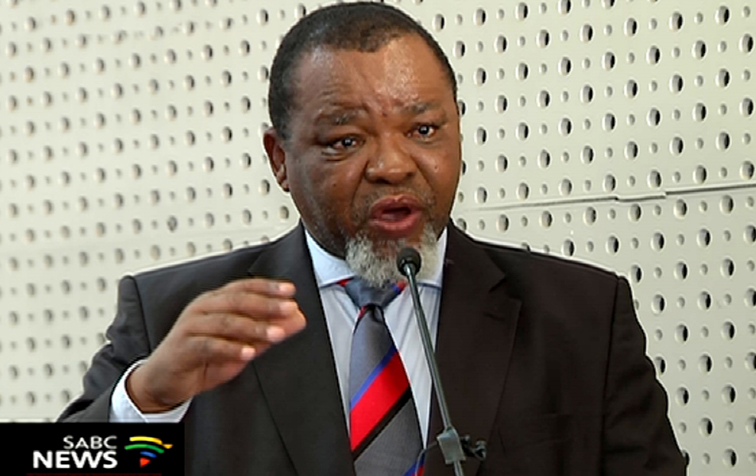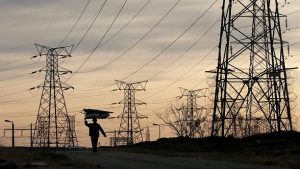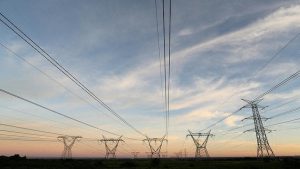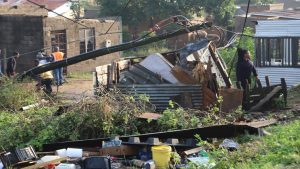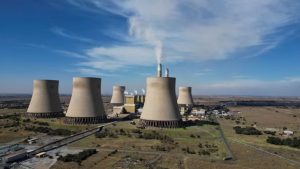Minister of Minerals and Resources and Energy Gwede Mantashe says government will start buying power from private suppliers immediately and will gazette the Integrated Resource Plan (IRP) 2019 on Friday.
Mantashe says since the publishing of the Integrated Resource Plan in 2010, a total of 18 000 megawatts of new generation capacity has been committed. He outlines the content of the long-awaited plan.
Cabinet has approved the promulgation of the plan, which provides a blueprint for the envisaged energy mix for the country until 2030.
The release of the IRP has coincided with Eskom’s latest unplanned outages at five of the utility’s generating units.
The minister has welcomed the approval of the 2019 IRP by cabinet. It will include an energy mix of Nuclear, Independent Power Producers (IPP’s) and coal.
“In the plan there is 1 500 MW of generation from coal, 2 500 from hydro, 6 000 MW from PV, 14 400 from wind, 2 000 and 88 MW from storage and 3 000 MW from gas. That’s what is in the plan. While the IRP is gazetted today then other investors will come to the foe. And we will try to expand as fast as we can.”
Mantashe cautioned investors into thinking that the new IRP 2019 will completely eliminate coal run powered stations.
‘Coal to remain a dominant energy supply’
The minister who was briefing the media on Friday says coal will remain a dominant energy supply, contributing almost 60% although its capacity will decline.
Nuclear will contribute 5%, Hydro 8%, wind 18%, gas, and storage 2%, He says gas will become a game-changer in the new IRP 2019.
“Actually our own prediction as a department is that gas will become a game-changer in South Africa, signs of the presence of gas are quite clear , you have the Karoo basin and also the discovery by And the discovery of Total also adds to the potential of gas and there is a lot of exploration happening at the deep sea. And that is why the IRP 2019 makes provisions for Gas until 2024.”
Government says it might add two additional small nuclear plants as part of its energy mix. This will provide an additional 2 500 Megawatts in the future. There’s interest in the role nuclear and coal-sourced energy will play in the plan.
Mantashe says the IRP 2019 will provide for the extension of the design life of Koeberg as well as additional new nuclear capacity.
“Investment on Nuclear is necessary in this day and age, The IRP 2019 provides for the extension of the design life of Koeberg which is coming to its end in 2024 and one of the programs is to extend that life by 20 years. And it will take Koeberg to 2044, but in the process we must continue to build our nuclear capacity, we must not wait until 2044.”
Mantashe says those who offer to build nuclear for the country will have to fit the pace and price that the country can afford.
“When we did the analysis many people said to us Nuclear is expensive and we said to them we agree with you. Nuclear is very expensive at commissioning but once its operational it gives the most reliable and efficient cost effective electricity. And when we plan those who offer to build Nuclear will have to make offers that will fit the pace and price that the country can afford, so in engagement’s prices will have to be negotiated.”
The minister also says Eskom will now have permission to roll out renewable energy.
“The IRP 2019 will continue to make new roll out of renewable and storage and restriction of Eskom from participating in renewable energy is out-dated and will not be enforced so Eskom can expand if they want to.”
Finalisation of the integrated resource plan was one of the key of focus area for the department. The IRP 2019 is the country’s electricity infrastructure development plan based on less dependence on coal and increase in other sources of energy- “to create an optimum energy mix.” Government failed to update the IRP plan since 2011. The draft IRP was released for public consultations in August.
Watch for more:


